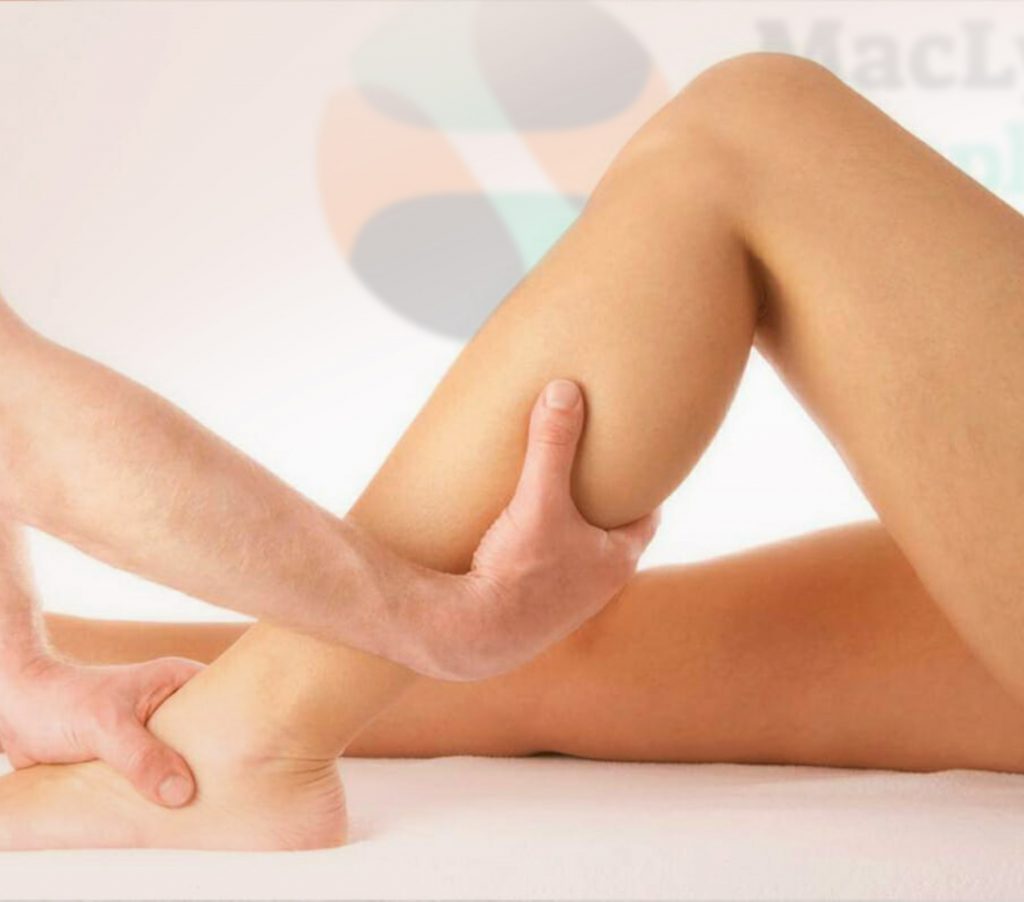Lymphoedema can be progressive or lead to complications, so it is really important to keep up care!
Book now
So let’s talk about lymphoedema aka lymphedema
Lymphoedema is characterised by swelling of certain parts of the body, caused by problems with the lymphatic system. Any part of the body can be affected by lymphoedema including the head and neck, but is more known to target the arms and legs.
Normally, fluid and proteins leak into the body tissues regularly from the blood. This tissue fluid bathes the cells, supplies their nutritional needs and receives back the products of their metabolism. The lymphatic system is a network of tubes throughout the body that drains this fluid (called lymph) from tissues and empties it back into the bloodstream. When this system is not working properly, lymphoedema can occur.
Women who have undergone surgery and radiotherapy for treatment of breast cancer are particularly susceptible to lymphoedema of the arm and, sometimes, the adjacent chest wall on the affected side. Men and women who have had surgery and radiotherapy for the treatment of cancer of the prostate, bowel or reproductive systems are also prone to lymphoedema of the legs or groin areas.
Definitions of lymphoedema
Definitions of lymphoedema by Hugo Partsch, M.D. Emeritus Professor and Professor Christine Moffatt – Best Practice for the Management of Lymphoedema
1️⃣ Primary: caused by a congenital disease or primary abnormality of the lymphatics and can present at birth, early or late in life
2️⃣ Secondary: lymphoedema occurs due to damage of the lymphatic system including treatment for cancer, trauma and venous disease
ℹ️ Chronic oedema: a broad term used to describe oedema of greater than 3 month’s duration, where normal lymphatics have failed to remove the overload of tissue fluid, primarily caused by other pathologies. This is then referred to as low or high output failure. A high output failure (dynamic insufficiency) occurs due to an overload of filtration into the tissue. This overload can be due to an infection, nephrotic syndrome, trauma, early stage chronic venous insufficiency, dependency (gravity related edema) or cardiac insufficiency
⛔️ No matter what, swelling that does not subside after elevation or within 3 months needs to be addressed by the proper specialists
Here’s a link to a previous post from the UK based Oxford Lymphoedema Practice that has an easy to read visual.
What happens if lymphoedema is left untreated?
If left untreated, lymphoedema can result in painful swelling of the limb and sometimes the adjacent trunk. Early diagnosis and treatment assures the best outcome. It is known as a steadily progressive condition so in order to prevent the oedema (swelling) from progressing any further, decongestive treatment should be initiated as soon as possible.
Symptoms of lymphoedema
The symptoms of lymphoedema may include:
- the affected area feels heavy
- the skin feels tight and close to bursting point
- the skin is hotter than other areas of the body
- aching
- pins and needles
- darting pains
- painful joints
- swelling
Please click here for more detailed information on lymphoedema from the Australasian Lymphology Association.
It’s all about management
Regardless of your type of lymphoedema and what stage you are at (there is a categorisation system), it’s all about your own management to keep your body functioning well. Any googling you will do will tell you that management is a combination of MLD, wearing compression garments, having decongestive therapy (when needed), exercise, diet, managing your weight, learning about self care options, maintaining good skin care and understanding your own risk conditions.
Book now
Further reading and support



